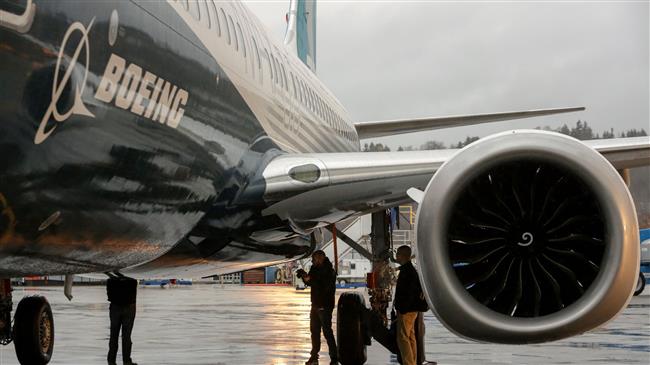Europe lifts flight safety ban on Boeing 737 MAX jet
European regulators on Wednesday lifted a 22-month ban on flights of the Boeing 737 MAX after a design and pilot training overhaul in the wake of crashes that killed 346 people.
The European Union Aviation Safety Agency (EASA) confirmed a provisional green light given in November but dropped calls for an extra flight-angle sensor to back up a system implicated in the crashes in 2018 and 2019.
“Let me be quite clear that this journey does not end here,” Executive Director Patrick Ky said in a statement.
“We have every confidence that the aircraft is safe, which is the precondition for giving our approval. But we will continue to monitor 737 MAX operations closely as the aircraft resumes service.”
Regulators worldwide grounded the MAX in March 2019 after two crashes in five months, in Indonesia and Ethiopia.
The United States lifted its ban in November, followed by Brazil and Canada. Britain, which is no longer in EASA after leaving the EU, immediately followed the European regulator’s lead.
Boeing Chief Executive Dave Calhoun predicted wider approvals by mid-year.
Relatives of some victims have criticized the move to clear the 737 MAX, the latest version of the world’s most-flown jet.
Crash investigations show bad data from a single faulty sensor triggered a little-known software system that repeatedly pointed the aircraft’s nose down and overwhelmed both crews.
Boeing has said data from both “Angle of Attack” sensors on the MAX will be tracked in the modified aircraft, instead of just one as in the past. But EASA has suggested a third sensor system to act as a jury in case one of the main sensors fails.
The proposal, opposed by the US Federal Aviation Administration, triggered a transatlantic debate over whether existing modifications would allow pilots to cope with any sensor outage, or whether a further safety net was needed.
Ky said in September that Boeing had agreed to install the computerized third-sensor system on the next version, the 230-seat 737 MAX 10, followed by retrofits on other models later.
Sensor demand dropped
However, in a document alongside the ungrounding order, listing comments from the public, industry and relatives of some of those who died in the crashes, EASA dropped the demand on the grounds that Boeing had promised other ways of securing data.
It said Boeing had agreed to develop further changes “within two years” to improve fault-monitoring and allow pilots easily to select the right data. Boeing had no immediate comment.
Virginie Fricaudet, who lost her sister on Ethiopian flight 302 and who heads a France-based relatives association, told EASA the MAX was “aerodynamically unstable” and urged it to require a third sensor before letting it fly again.
Naoise Ryan, who lost her husband, the global deputy chief engineer of the UN World Food Programme, in the Ethiopian crash, called the MAX a ‘bastard-type’ aircraft with modern modifications bolted onto a 1960s aircraft design.
EASA acknowledged that the aircraft’s technical roots would hinder the addition of a complex new system.
“Due to the legacy ... architecture of the Boeing 737, the installation of an additional AOA sensor would require a significant engineering effort,” it said, adding that Boeing had nonetheless demonstrated that its approach was viable and safe.
The challenges of modernizing upgrades, rather than the much bigger expense of a clean-sheet design, were further highlighted on Wednesday when Boeing took a $6.5 billion charge to redesign part of its upcoming 777X, including electronic controls.
Boeing said the changes to the plane, a derivative of its 1990s 777 mini-jumbo, aim to anticipate regulatory changes expected in the wake of the MAX crisis.
(Source: Reuters)
Jan. 15: ‘Axis of Resistance’ operations against Israeli occupation
VIDEO | US fires: Criticism mounts over govt. failure to respond
VIDEO | Fears, hope in Gaza amid intensified ceasefire efforts
VIDEO | Press TV's news headlines
Hamas: Ceasefire agreement result of steadfastness, resistance in Gaza over 15 months
Hamas thanks Iran, Resistance Front following achievement of ceasefire in Gaza
'Capitulation': Israeli officials and media concede Gaza defeat as truce unfolds
'Gaza has won': Social media users react to ceasefire with mix of relief, joy












 This makes it easy to access the Press TV website
This makes it easy to access the Press TV website